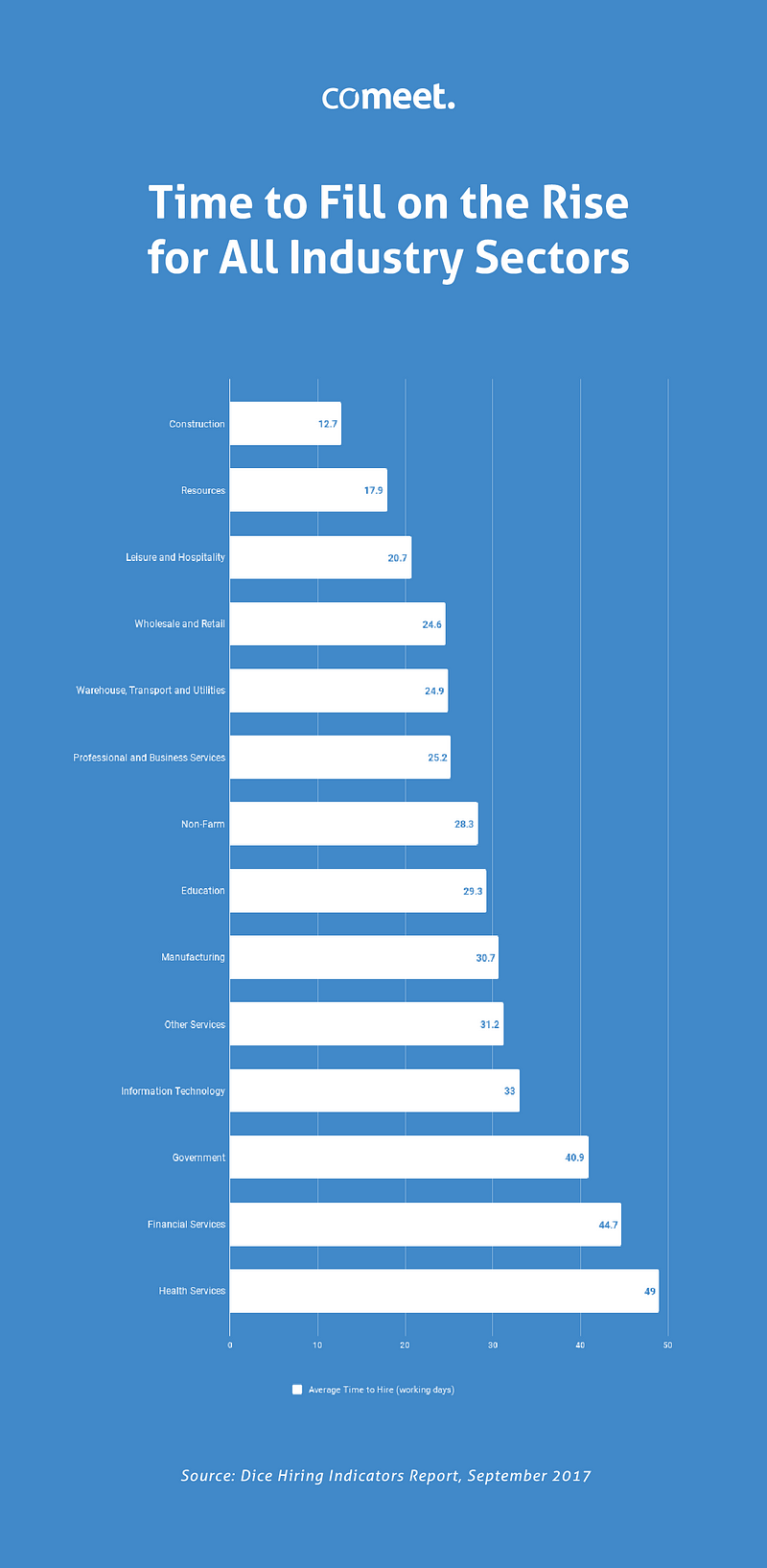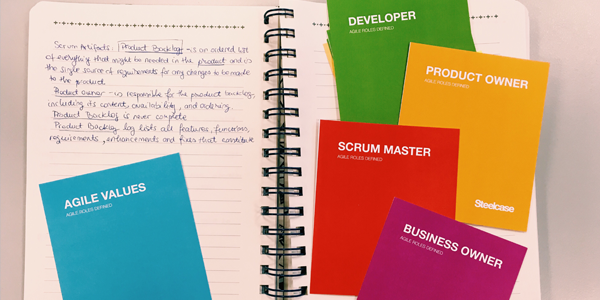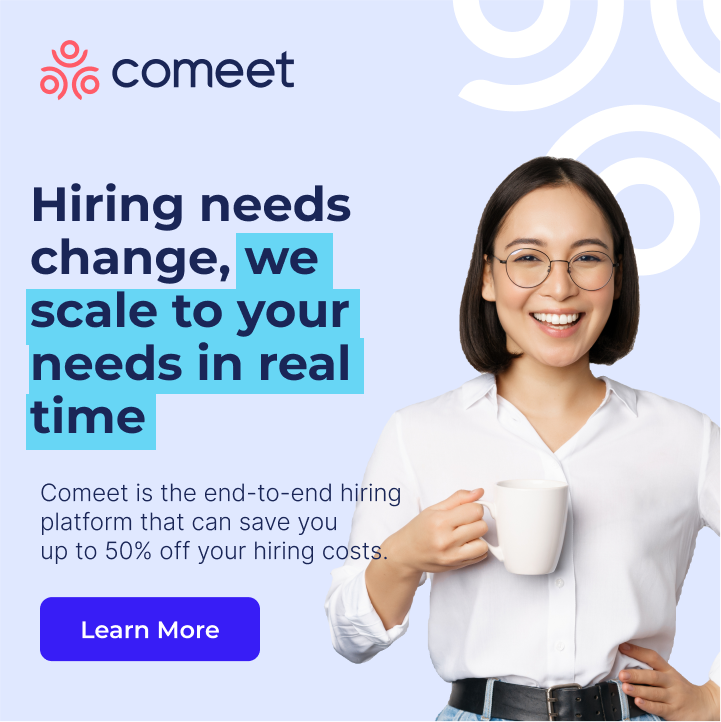In early 2018, the Labor Department reported 5.8 million job openings on the last business day of 2017 in the U.S. This is up from 5.5 million on the same day in 2016 and 5.6 million on the same day in 2015. Unemployment, at 4.1%, is the lowest since the economic boom that crested just before the 2001 recession. The Fed had long considered a rate of 5.6% to represent “full employment”; when it’s lower, anyone seeking work is assumed to be simply transitioning to a new job. The Fed revised its full-employment estimate down to 4.6% last year, by far the lowest ever, but with unemployment now well below even that, relatively few people seeking a job are unable to find one.
Among knowledge workers, managers, and other similar industries, unemployment is far lower. For workers with a bachelor’s degree or more, the rate is just 2.1%. In management occupations it’s 2%, and within that category, unemployment in “business and financial occupations” as measured by the Bureau of Labor Statistics, is a near-invisible 1.7%, equaling the lowest unemployment rate among all job classifications economy wide.
SHRM’s 2017 Talent Acquisition Benchmarking Report reports that the average time-to-fill a position was 36 days in 2016, down from 42 days in 2015. However, the time that a candidate is in the market is only 10 days, which means that the window of opportunity for recruiters in this strong economic market continues to shrink.
While data on “time to hire” in Q2 2018 varies, the average vacancy duration for jobs across all U.S. industries continues to climb. It currently stands at 27.9 working days, up from 15 in 2009, according to DHI-DFH Measure of National Mean Vacancy Duration. (The DHI Database captures data generated from DHI’s Dice.com platform.)
Related: Agile hiring also happens when you’re working with a full candidate pipeline. Use IQTalent Partner’s calculator to understand what your funnel needs to look like.
DHI also uses data gathered through the Job Openings and Labor Turnover Survey (JOLTS) by the U.S Bureau of Labor Statistics. Here’s the average time to hire per industry based on data from January to July 2017
Time to Fill on the Rise for All Industry Sectors

Proactive Recruiting and Agile Hiring
Unfortunately, reducing time-to-hire happens to be one of the most difficult tasks for companies. In our current market, it’s nearly impossible, emphasis on “nearly.” One way recruiters can pivot and focus on improving this KPI is by streamlining processes, using technology, and investing fully in proactive recruiting.
Vendors like Comeet are offering AI solutions to help recruiters sort through oceans of resumes for great candidates, make predictive matches between job seekers and roles using data, correct biases in the language they use in job descriptions, and even AI bots that handle repetitive and easy-to-automate tasks like scheduling candidate interviews. This is one major way to streamline processes.
Additionally, using an ATS like the one Comeet offers supports easy communication between candidates, recruiters and hiring teams. You can use built-in templates and calendar scheduling options that will reduce the time you spend on administrative tasks. Your ATS can also help you source, keep track of metrics via detailed reports and post jobs to multiple job boards in just a few clicks.
Technology can help you move more quickly to secure a strong candidate. As the time these candidates are on the market gets shorter, taking the time at the outset to establish a clear process and plan for all those involved in the hiring process (with a collaborative ATS) gives you the freedom to move quickly when it counts. Successful hiring managers know that a speedy process will help them lock in a great candidate before they move on to the next opportunity.
Recruiters should also be empowered to make adjustments to their offer, taking a candidates other options into consideration. These don’t have to be salary increases (but it help); recruiters can also close a deal faster with some flexibility on perks, such as remote working and flexible hours. If companies aren’t offering a percentage of offsite work in this market, particularly in sales and the tech sector, they’re absolutely going to lose the battle in an offer-to-offer standoff.
If you need data to support buy-in from executives on offering remote work, it’s not hard to find. According to Flexjobs.com, remote work grew 115 percent among U.S. employees during the past 10 years. This year’s Flexjobs’ Top 100 companies offer the most remote work opportunities because remote work has become a vital part of their operations, and combining brick-and-mortar offices with remote work could provide a well-balanced strategy for the future.
Last year, freelancing website Upwork released the results of its second annual Future Workforce Report, which explores hiring behaviors of over 1,000 U.S. managers. As companies struggle to fill the skills gap, they’re embracing agile, remote teams to get work done. Nearly two-thirds (63 percent) of companies today have remote workers.
As companies increasingly embrace remote work, they’re evolving their work-from-home policies. Nearly half (45%) of hiring managers said their company’s work-from-home policy has changed in the past five years, with 60 percent saying it has become more lenient and inclusive. This increased inclusivity is making it easier for companies to find the talent they need. Over half (52%) of hiring managers that work at companies with work-from-home policies believe hiring has become easier in the past year.
Where Proactive Recruiting Comes In
In this candidate-driven market, applicants have options. We must assume we’re working with candidates who have multiple offers on the table, and find ways to stand out from the crowd.
Proactive recruiting means that recruiters work to build candidate pipelines and relationships long before a role opens up, which can help build trust and rapport while creating an impression on the candidate so they remember our benefits, perks and opportunities. Proactive recruiters are always recruiting, regardless of the influx of job orders. If you primarily recruit for sales positions, as a proactive recruiter you’ll constantly be on the lookout and actively searching for for top sales talent. Your candidate database and social media platforms become more than sourcing tools; they become relationship-building platforms.
Decisions driven by and built on relationships are going to last longer. A standard hiring process is more transactional: candidate gets together their info, applies, goes through the steps, maybe becomes an employee. Proactive pipelines are rooted in relationships built over many years and different networking events, conferences, and so on. Candidates are less inclined to disappoint a recruiter they’ve had a years- or even months-long social relationship with.
When you allow recruiting software technology to handle the day-to-day tasks, it frees up time for you to start “seeding” candidate relationships to build a talent pipeline.
Pipelining can also improve the recruiter-candidate relationship. When you are recruiting for future opportunities, you have to work that much harder to build trust with potential candidates. You are engaging in more meaningful conversations to gain perspective on the career goals of the talent in your industry. By getting to know the talent in advance, you can assess whether or not this person is a cultural fit for your company. Creating this long-term, trustworthy relationship can result in quality referrals and shorten the time to fill for your open positions.
Are you looking to start your hiring process today? Comeet can help. Check out our plan options to learn more about how we can redefine the way you recruit new talent.





























